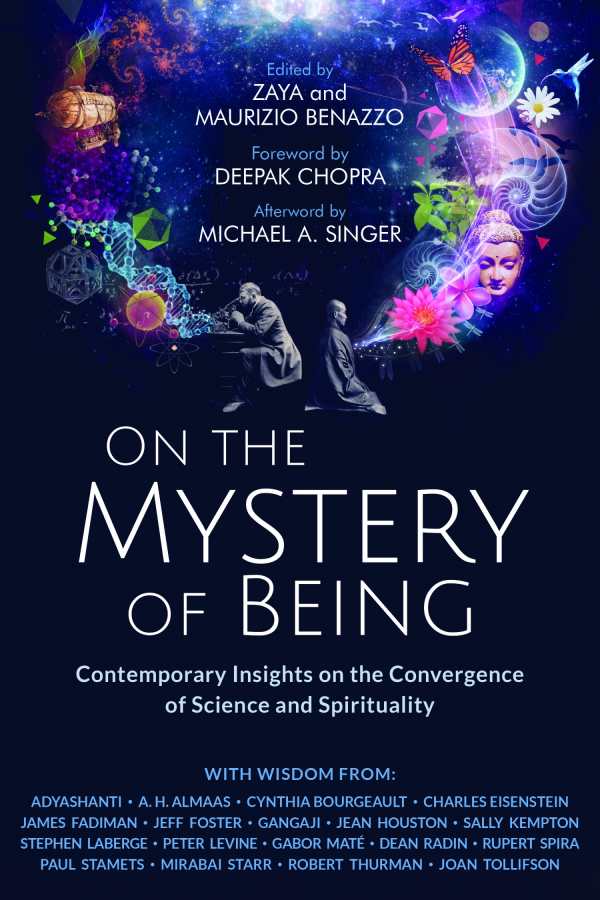On the Mystery of Being
Contemporary Insights on the Convergence of Science and Spirituality
As science advances in its understanding of the universe, scientists must periodically let go of long-held preconceptions and replace them with new facts. Take our limited understanding of consciousness. Science doesn’t have a clue about how neural activity creates conscious experiences, but through scanning, it’s become clear that the conscious experience—recognizing color, smell, taste, for example—originates in specific parts of the brain. In other words, if the brain weren’t involved, these sensory experiences wouldn’t exist. Emboldened, some scientists have joined mystics to come to the breathtaking conclusion that space, time, and physical objects exist only in consciousness as well. So general relativity, quantum mechanics, and all those other theories built around space-time are out the window.
Heady stuff, and with all manner of spiritual and existential ramifications. Alas, all we can do is place the question of whether science can ever explain consciousness on the shelf with classics like who are we?, what’s our place in the universe?, where do we go from here?, knowing that the best thinkers in both science and spirituality are seeking answers.
Zaya and Maurizio Benazzo’s On the Mystery of Being provides a fascinating update on whether some of those great minds are making headway. A collection of essays from Deepak Chopra, Adyashanti, Jean Houston, Robert Thurman, and fifty or so others, the book champions both scientific theory and spiritual wisdom, knowing the two disciplines will benefit from working with each other for the good of humanity.
Reviewed by
Matt Sutherland
Disclosure: This article is not an endorsement, but a review. The publisher of this book provided free copies of the book to have their book reviewed by a professional reviewer. No fee was paid by the publisher for this review. Foreword Reviews only recommends books that we love. Foreword Magazine, Inc. is disclosing this in accordance with the Federal Trade Commission’s 16 CFR, Part 255.

